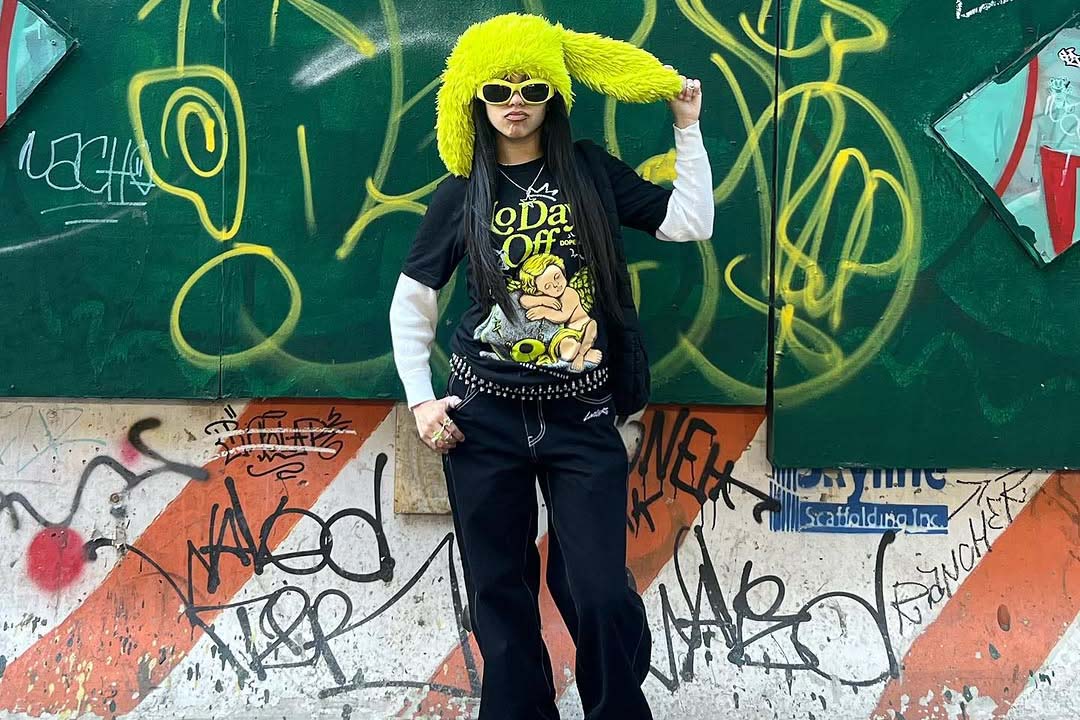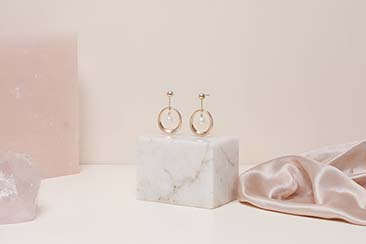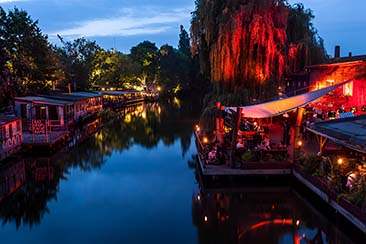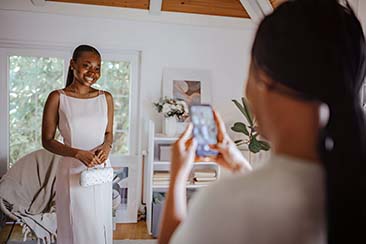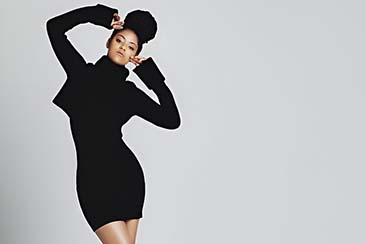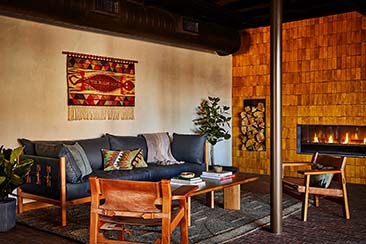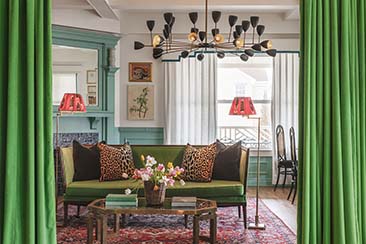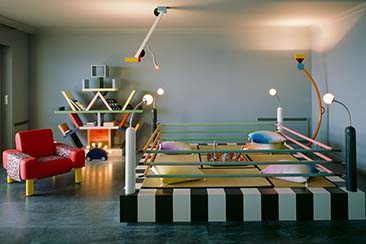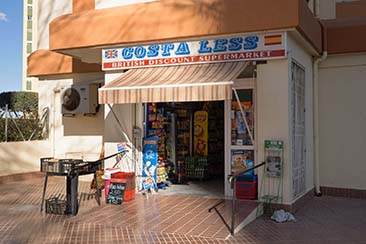Fashion and art have always shared an unspoken connection, inspiring and shaping each other across centuries. Whether it’s haute couture borrowing motifs from famous paintings or streetwear taking cues from graffiti and urban aesthetics, the overlap between these two creative fields is dynamic and evolving.
From wearable art to collaborations that bridge the gap between runways and museums, through history, art and fashion have not only influenced how we dress but also how we express our identities. This article explores their intertwined relationship, showcasing how art inspires fashion, the concept of wearable art, and how urban influences like graffiti have left their mark on contemporary style.
How Art Influences Fashion
For decades, the art world has been a wellspring of inspiration for fashion designers. From the use of color and texture to the reinterpretation of iconic art movements, designers often look to art as a source of creativity. Both mediums serve as reflections of their time, offering commentary on culture, identity, and aesthetics.
Examples of Art’s Influence on Fashion
1. Iconic Art Movements: Designers frequently draw from styles such as Cubism, Surrealism, and Pop Art. Yves Saint Laurent’s Mondrian dress from 1965 is a notable example, translating the geometric abstraction of Piet Mondrian’s paintings into an instantly recognizable fashion moment.
2. Art Meets Runway: Some designers incorporate art directly into their shows. Alexander McQueen’s Spring/Summer 1999 runway transformed into a live art performance, with robotic arms painting a model’s white dress in real time.
3. Collaborations with Artists: Fashion houses have often joined forces with artists to blend their creative visions. Louis Vuitton’s partnerships with Yayoi Kusama and Takashi Murakami are celebrated examples, bringing Kusama’s polka dots and Murakami’s vibrant motifs to the world of luxury accessories.
Art doesn’t just inspire individual pieces—it can also define an entire collection or season, creating a bridge between high fashion and cultural commentary.

Wearable Art: Clothing as a Canvas
While art has always inspired fashion, wearable art takes this relationship to the next level. Often described as clothing designed to function as art, wearable art pushes boundaries by transforming everyday items into one-of-a-kind creative statements.
What Defines Wearable Art?
1. Unique Creations: Wearable art is often handmade or produced in limited quantities, emphasizing exclusivity and craftsmanship.
2. Artistic Techniques: Designers use methods such as painting, sculpting, embroidery, or 3D printing to make garments that blur the line between clothing and art.
3. Function Meets Aesthetic: While wearable art may look like it belongs in a gallery, it’s designed to be functional and wearable.
For instance, brands like Dopeskill channel the ethos of wearable art through their bold designs that incorporate graphic motifs and urban influences. Pieces like these make a statement, reflecting the wearer’s connection to street culture and creative expression.


Urban Art and Streetwear: Graffiti’s Influence on Fashion
The growing influence of urban art—particularly graffiti—on fashion has brought a raw and authentic aesthetic to streetwear. Rooted in rebellion and self-expression, graffiti culture has left an indelible mark on contemporary fashion, shaping the graphic-heavy looks and bold statements that define today’s trends.
Examples of Urban Art’s Impact on Fashion
The images above showcase how fashion thrives when paired with urban art’s energy:
1. Bold and Experimental: In the first image, a graphic t-shirt and neon accessories echo the vibrancy and spontaneity of street art. The graffiti-covered background ties the outfit into its cultural context.
2. Punk and Edgy: The second image features a cropped graphic tee paired with camo pants and a studded belt, combining graffiti-inspired graphics with punk aesthetics.
3. Athletic and Artistic: In the third image, a long sleeve graphic shirt paired with red joggers adds a sporty edge, blending streetwear with an artistic backdrop of a graffiti mural.
This aesthetic is further championed by brands like Dopeskill, whose designs embrace bold, graphic-heavy styles that resonate deeply with streetwear enthusiasts. A perfect example is the Yellow Thunder 4s collection, where graphic art takes center stage. The tees in this collection feature vibrant, dynamic designs that echo the energy and creativity of urban art. With bold motifs and striking visuals, these pieces not only celebrate the raw aesthetic of street culture but also offer a fresh perspective on how fashion can become a canvas for artistic expression and cultural storytelling.
Art and Fashion Collaborations
The relationship between art and fashion is most evident in the many collaborations that have brought these two worlds together. By blending the visual language of art with the tactile appeal of fashion, these partnerships create pieces that are timeless, thought-provoking, and memorable.
Iconic Examples of Collaboration
1. Jimmy Choo and Rob Pruitt: The collaboration between this luxury shoe brand and artist Rob Pruitt introduced playful animal prints and crystal embellishments into their designs.
2. The Met Gala Exhibitions: Exhibitions such as Heavenly Bodies: Fashion and the Catholic Imagination explore how fashion and art intersect, using couture pieces to reinterpret religious iconography.
3. Prada and Cindy Sherman: Prada collaborated with the iconic photographer Cindy Sherman to create an art-inspired campaign that merged Sherman’s conceptual photography with the brand’s signature elegance.
4. Nike x Basquiat (UNDFTD): Another standout example is Nike’s partnership with Jean-Michel Basquiat, whose graffiti-inspired artistry became a symbol of urban creativity. The designs incorporated Basquiat’s raw, abstract visuals onto sneakers, creating a tribute to street culture and modern art.
5. Adidas x Keith Haring: Adidas collaborated with Keith Haring, known for his bold lines and vibrant, cartoon-like figures, to create a collection of sneakers that turned Haring’s artwork into wearable pieces. The shoes featured his instantly recognizable dancing figures, connecting fashion to the pop art movement.
6. Andy Warhol x Converse: Andy Warhol’s pop art revolutionized modern art, and his collaboration with Converse brought his iconic imagery—such as Campbell’s soup cans and vibrant portraits of Marilyn Monroe—onto classic Chuck Taylor sneakers. This collection captured the playful, irreverent spirit of Warhol’s work, making it accessible to fashion and art enthusiasts alike.
These collaborations demonstrate the power of creativity when boundaries between mediums are dissolved, allowing for innovation and artistry in wearable forms.
Fashion and Art in Interior Design
The connection between fashion and art extends beyond clothing—it also shapes interior design. Both fashion and design use color, form, and texture to tell stories, creating spaces and styles that feel cohesive and expressive.
How Fashion and Interior Design Intersect
1. Shared Trends: Minimalist fashion styles often influence interior aesthetics. Brands like Calvin Klein are known for their clean lines and neutral tones, which are reflected in contemporary interior design trends.
2. Textiles and Patterns: The bold patterns seen in fashion collections frequently find their way into upholstery, rugs, and wallpapers. For example, Missoni’s signature zigzag designs translate seamlessly from the runway to home decor.
3. Art as a Focal Point: Just as art serves as inspiration for clothing, it also plays a role in interior design. Abstract paintings or statement pieces in a room can mirror the creativity of a standout accessory or garment in an outfit.
This synergy across disciplines shows how art permeates not just our wardrobes but also our living spaces, uniting the visual storytelling of fashion and design.

The Creative Interplay Between Fashion and Art
The connection between fashion and art is one of mutual inspiration and shared creativity. From wearable art to graffiti-inspired streetwear, these fields continue to push boundaries, offering innovative ways for people to express themselves. Whether it’s a runway show inspired by surrealism or an urban-inspired graphic tee, fashion and art show us how creativity can transcend mediums.
As urban aesthetics and bold graphics become even more prominent in streetwear, the influence of graffiti and brands like Dopeskill highlight how art shapes modern fashion trends. This dynamic relationship between the two worlds invites us to look beyond the surface, seeing clothing not just as utility but as a canvas for culture and imagination.
Both fashion and art remind us that self-expression knows no boundaries. Together, they inspire us to wear our creativity proudly and reimagine the world as a place where style and art coexist seamlessly.
